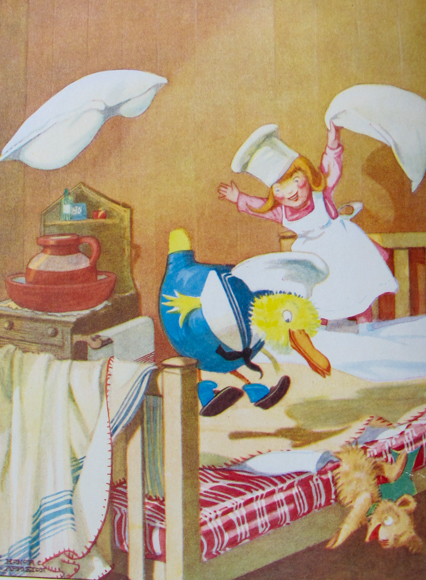I’m not quite sure where my enchantment with old circus wagons got its start!
I’ve always been a fan of the old more so than the new—perhaps a side effect of having a godmother who specialized in teaching Modern European History and who took me along as a child to movies about Napoleon’s defeat at Waterloo, and Mary, Queen of Scots.
Or perhaps it was a result of reading my way through childhood, with plenty of fairy tales populated by knights and dragons, along with Greek myths and their panoply of magical creatures.
Whatever the cause, I knew almost from the minute I thought of creating a series of children’s books about a cat in a small town circus museum, that one of the stories would weave a mysterious and old circus wagon into the plot. And so the second Finnigan book became, quite naturally, “Finnigan and the Lost Circus Wagon.” The plot revolves around the arrival, at the little museum that has become his home, of a decrepit wagon that has seen better days, but holds a valuable secret. In the course of the story, crooks must be outwitted, the mystery must be solved, and Finnigan’s presence must remain a secret to the humans in the story.

But here I want to share my utter fascination with these wagons, which harken back to the Golden Age of circus parades. Imagine, if you will, a time before television, before MTV, before the Internet! Back in the day, before we had the world at our fingertips with our smart phones and tablets, everybody turned out to watch the circus parade that heralded the wonders to be found under the Big Top that had just arrived. But it wasn’t just the panoply of the performers and the clowns and the exotic animals that drew the eye. The wagons that doubled as bandwagons and storage wagons and animal cages were an extravagantly theatrical art form of their own.

The Finnigan books began with a combination of a real kitten in the family, and the fact that my younger daughter is a contemporary circus aerialist—think more Cirque du Soleil than Barnum & Bailey. Circus, kitten…kitten, circus…you might imagine that the books were inevitable! But an added element was that my daughter and I, for the past several years, have made what amounts to a yearly pilgrimage for inspiration to the Circus World Museum in Baraboo, Wisconsin, built on what was the original home of the Ringling Brothers Circus.
The wagons there, many of which have got intensive restoration, are jaw-droppingly beautiful. There are fairy tales, and tales of valor, beasts both mythical and real, and scenes of incredible imagination. Lions roar, tigers leap, mermaids and dolphins cavort, and St. George battles a magnificent dragon. And nestled in amongst them quite naturally--although technically not a wagon--is the spectacularly embellished Gavioli pipe organ, built in Paris in 1905 and trotted around the United States to various carnivals via railroad for decades. I could spend days rather than hours walking among them, admiring their artistry and craftsmanship, and reflecting on just how much courage and strength it has always taken circus folk to embrace a disciplined and gruelling life of entertainment on the road, conjuring magic and laughter and wonder from town to town.
And so when I began to draw the illustrations for this second Finnigan book, it wasn’t much of a leap to draw some of the pictures either from a few of my favorite historic wagons, or from posters and signs from a century ago. Like I said, I generally favor the old over the new!
So here’s a gallery of some of my favorite wagons, and some of the incredible details that never fail to spark my admiration. To old circus wagons, and the colorful history they still bring to life!
















Mary T. Wagner is a former newspaper and magazine journalist who changed careers at forty by going to law school and becoming a criminal prosecutor. However, she never could step away from the written word entirely, and inevitably the joy of writing drew her back to the keyboard.
A Chicago native, this mother of four and recent new grandmother now lives in "coastal Wisconsin," where she draws much inspiration for writing from frequent trips to the shore of Lake Michigan, watching the waves ebb and flow and make shifting mosaics of sunlight on the sandy lake floor.
Her first three essay collections - Running with Stilettos, Heck on Heels and Fabulous in Flats garnered numerous national and regional awards, including a Gold E-Lit Book Award, an Indie Excellence Award, and "Published Book of the Year" by the Florida Writers Association. Her latest essay collection, When the Shoe Fits…Essays of love, life and second chances rounds up her favourites and reader favourites into a "best of" collection available on Amazon in paperback and Kindle formats. Her newest publishing venture is a series of children's chapter books for young readers. Finnigan the Circus Cat the first book in the series was featured on my blog
here. Finnigan and the Lost Circus Wagon is the second book in the series. If you are interested in acquiring a copy (and I heartily recommend it), you can do so
here.
I know readers of my blog will want to join me in thanking Mary for such an interesting and entertaining post. Thank you Mary.










































